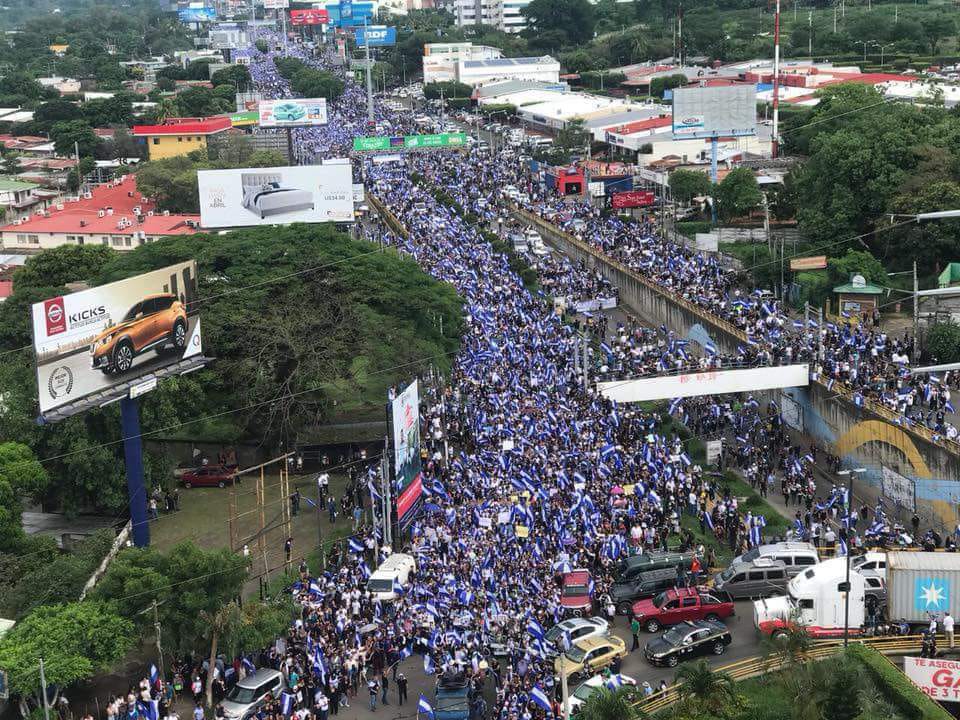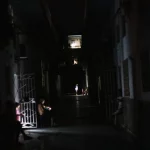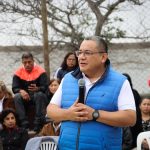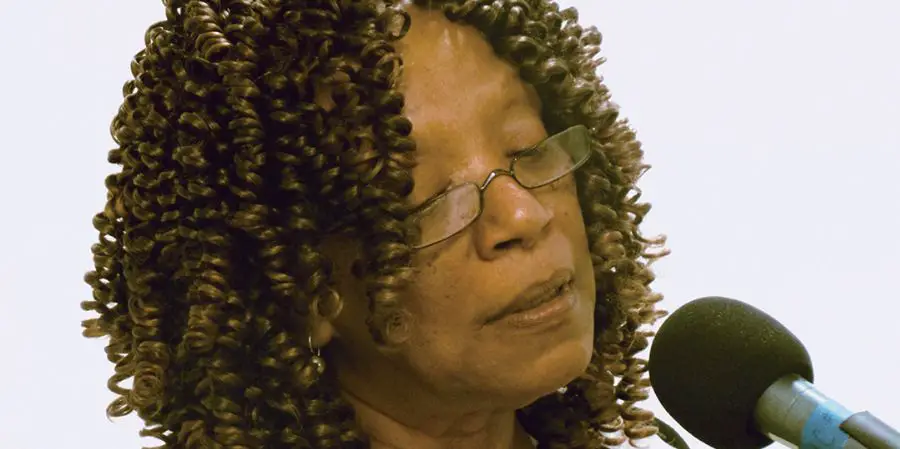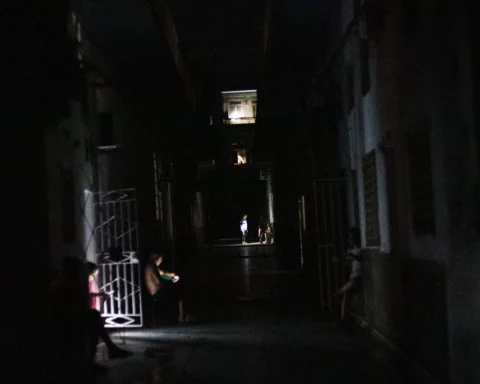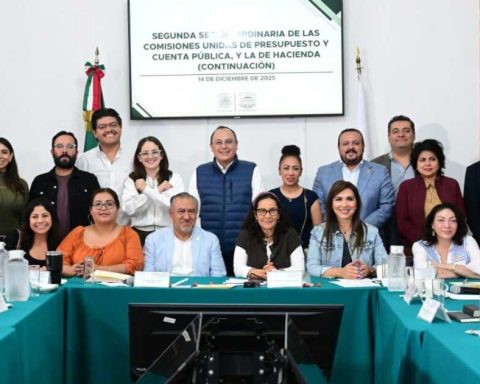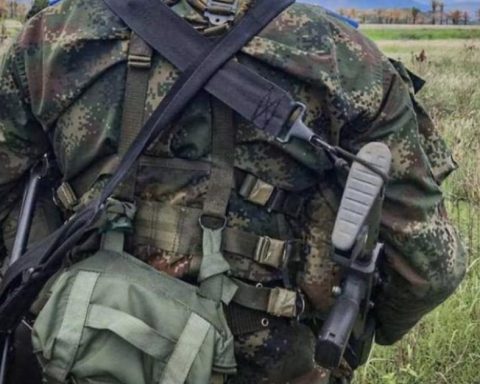There is no memory of a sadder Mother’s Day than that of May 30, 2018. That day, a sunny Wednesday, the security forces under the orders of the dictatorial couple Daniel Ortega and Rosario Murillo, murdered 19 Nicaraguans and injured more than 300 across the country.
It is remembered as the Mother’s Day massacre. This repressive action is part of a series of crimes against humanity by the Sandinistas that, from 2018 to date, remain unpunished.
Although the dictatorship has done everything to bury the massacre in collective oblivion, a document from the Interdisciplinary Group of Independent Experts (GIEI), published on December 21, 2018, remains active on its website and reminds us of the horror of that fateful day of mourning and death perpetrated by the Sandinista henchmen.
A witness document of the Sandinista terror
This document was the result of an investigation on site of international experts that covered the period from April 18 to May 30, 2018.
The final results were sent to the Sandinista regime, who not only ignored the seriousness of their actions, but also threw the investigators out of the country, who published the document outside of Nicaragua and revealed what has since been an undeniable truth: the massacre of 30 May was the first crime against humanity of the many that have come after April 18, 2018.
The document reports the use in repression with military weapons such as AK-47 and M16 rifles and the Russian telescopic for snipers, Dragunov; also PKM machine guns by police and paramilitary forces against civilian protesters who participated in the May 30 march.
Related news: Mothers of April Association: “Ortega tries to erase and deny the acts of violence of April 2018”
The document reveals that during those 42 days there were 109 violent deaths, more than 1,400 people injured, more than 690 people arrested and several thousand displaced persons.
What happened that day?
On May 30, 2018, the fifth mass march took place in Managua with aftershocks in various urban centers of the country such as Estelí, Chinandega, Masaya, among others.
The concentration was called by the mothers of the 67 young people murdered up to that moment by the security forces of the regime.
The march was dubbed “The Mother of All Marches” and is, so far in Nicaraguan history, the most gigantic civic march with turnout ranging from 800,000 to one million participants from across the country.
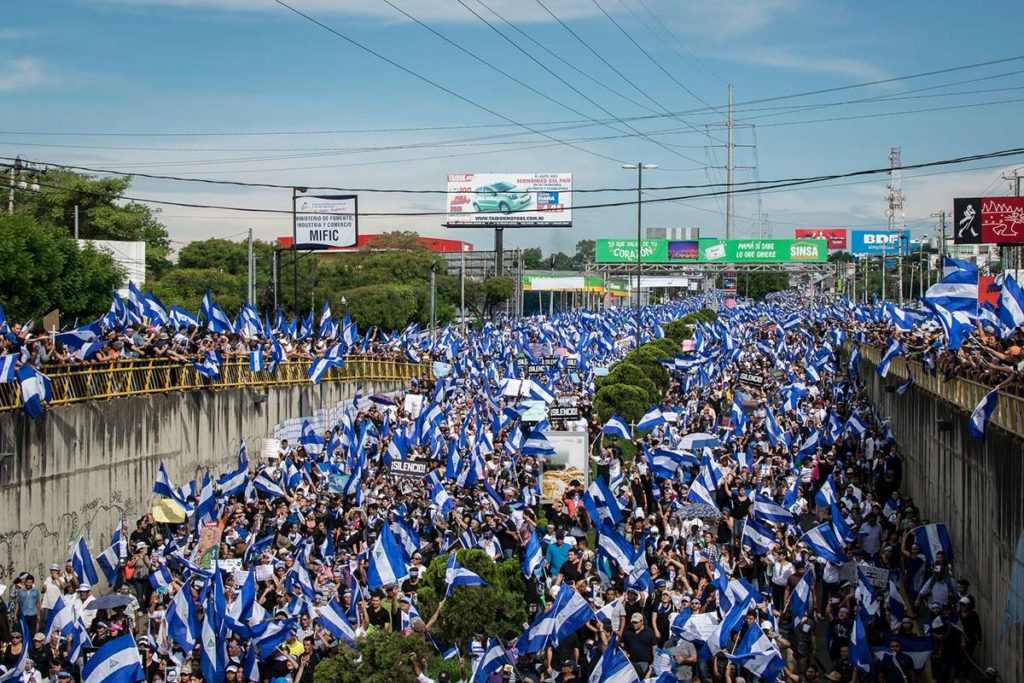
That day, a few kilometers from where the march would end, the dictator Daniel Ortega and a small number of followers gathered on Bolívar Avenue in an act called “Cantata a las madres.”
At the end of the act, brief and tense, a furious Ortega gave a hate speech against the opposition and called to crush the social protests in the midst of a campaign of intimidation on social networks that found echo in the official media.
Information received by the GIEI reported a campaign called “Lead” that had some diffusion in social networks of groups linked to the government and that even involved some members and referents of official media outlets, being the propagandist Marcio Raúl Vargas Arana, one of their greatest promoters of audiovisual material prior to the bloodbath.
One more bloodbath of the FSLN
The repressive exercise registered until then intensified under the command of Ortega and Murillo: only on May 30, at least 19 people were assassinated throughout the country, 8 of them in the Managua march.
The police, openly repressive at the service of the regime, organized paramilitary groups and placed them on the route of the civic march and attacked the demonstrators with weapons of war.
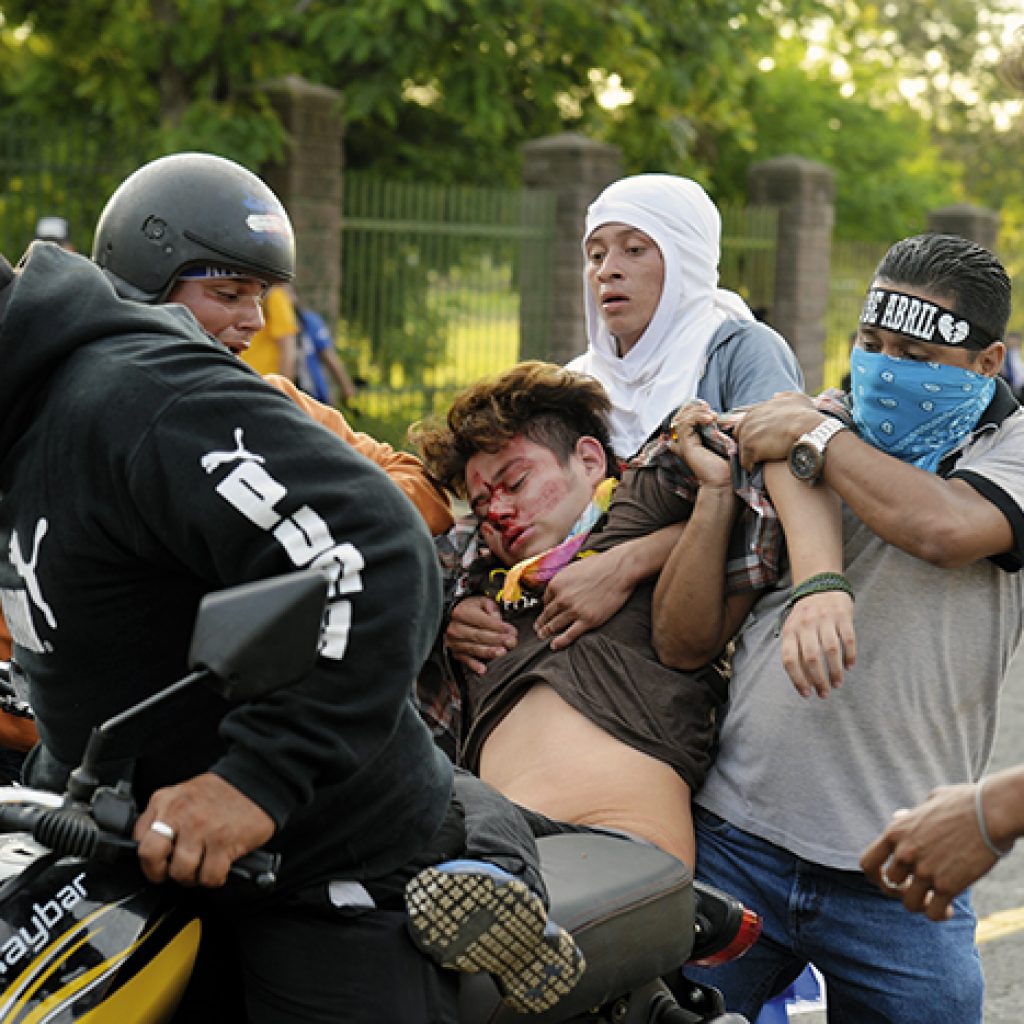
Snipers were placed on the heights of the then Dennis Martínez National Stadium, now named “Sovereignty.” From there they murdered dozens of young protesters. Regarding these data, the GIEI was able to observe that, of the 109 deaths analyzed by the GIEI, 95 of them were caused by firearms.
Of those 95 deaths, 57 were shot in the chest, 7 in the neck, and 31 of them in the skull, which gives a dimension of the use of firearms against vital areas.
Along with 95 people killed by firearm shots, a Report of injured people treated in health units, which the Ministry of Health delivered to the IACHR in June 2018, recorded at least 599 people injured by firearms. , only in the context of GIEI research.
However, GIEI considered that the figure was much higher since the Minister of Health, Sonia Castro, had already given the order not to treat the wounded opponents and many of them were treated in improvised posts and private hospitals.
Chronology of a crime against humanity
The concentration began at noon on Carretera a Masaya, at the Jean Paul Genie roundabout and after 2:00 in the afternoon, the march began in the direction of the Central American University (UCA), projected as the final destination of the event.
Around 3:00 in the afternoon, the head of the march arrived at the Rubén Darío roundabout, located in the area of the Metrocentro Shopping Center. The main sound system and a stage where artistic presentations were held were installed in that area.
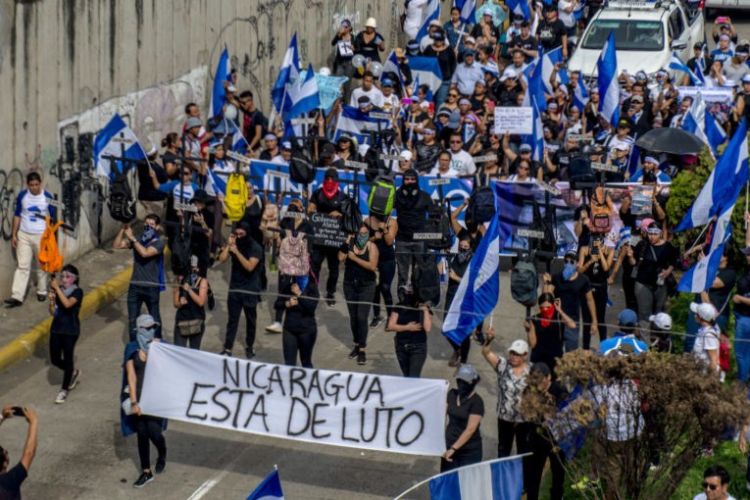
By then, the number of people was such that the rear of the march reached the place where it had started on a journey of about six kilometers long. Half an hour later, when one end of the mobilization had advanced to the outskirts of the UCA, the columns of protesters occupied a large part of the adjacent avenues and stretched for kilometers.
Avenida Universitaria Casimiro Sotelo (entrance avenue to the University of Engineering) was almost entirely occupied by protesters, from the Juan Pablo II Track to the intersection of the Dennis Martínez National Stadium.
It was in that sector and at approximately that time when the first incidents began to take place when shots were heard from the Stadium. In this first section, two demonstrators were hit by firearms and a significant number of people were seriously injured.
Related news: Cenidh: The Mothers of April “embody the deepest feeling of love, pain and struggle”
According to the accounts collected by the GIEI, it was at approximately 4:00 in the afternoon when the 15-year-old boy Orlando Daniel Aguirre Córdoba received a blow to the chest in front of the National Stadium.
He died hours later at the Dr. Fernando Vélez Paiz Hospital. Then the bloodbath had no stop. The dead and wounded began to accumulate as police and paramilitaries fired from the stadium and its surroundings, while trucks loaded with weapons and ammunition entered and exited the Alejandro Dávila Bolaños Military Hospital.
More than 5,000 people took refuge on the UCA campus, the protesters set fire to the pro-government Ya radio station and a building near the UNI.
Sandinista police kill and lie
The following day, far from acknowledging their crimes, the police issued a statement that the GIEI denied with overwhelming evidence: «On May 31, the National Police issued a press release referring to the acts of violence that had taken place during the day of the 30. When addressing what happened in Managua, the police note presented a distorted version of the events that tried to locate the members of that force and people who participated in the official act as victims of an alleged attack that could not have occurred in the circumstances of time and place indicated there,” the experts said.
“It is possible to affirm that the account offered by the statement had the purpose of blurring the responsibility that members of that force had had in the attack perpetrated against protesters and in the consequent murder of three of them and, ultimately, to seek their impunity,” said the GIEI.
In the end, the dictatorship could not deny the report or counter the abundant information that circulated on social networks and the media. “The disinformation promoted by the Police also conspires against the clarification of these cases, as well as the lack of response from the State to the requests of the GIEI to carry out interviews with their relatives and to obtain the audiovisual records taken that day by the National Police” he added.
How many died that day?
At the end of its investigation, GIEI determined that the acts committed by the security forces, under the orders of Ortega and Murillo, constituted crimes against humanity.
On May 30 alone, 19 people were assassinated throughout the country in different marches. Eight of them were shot to death in Managua and since then these crimes have remained under impunity, while the dictatorship tries to forget the day by decreeing May 30 as a national holiday.
By United Voices
